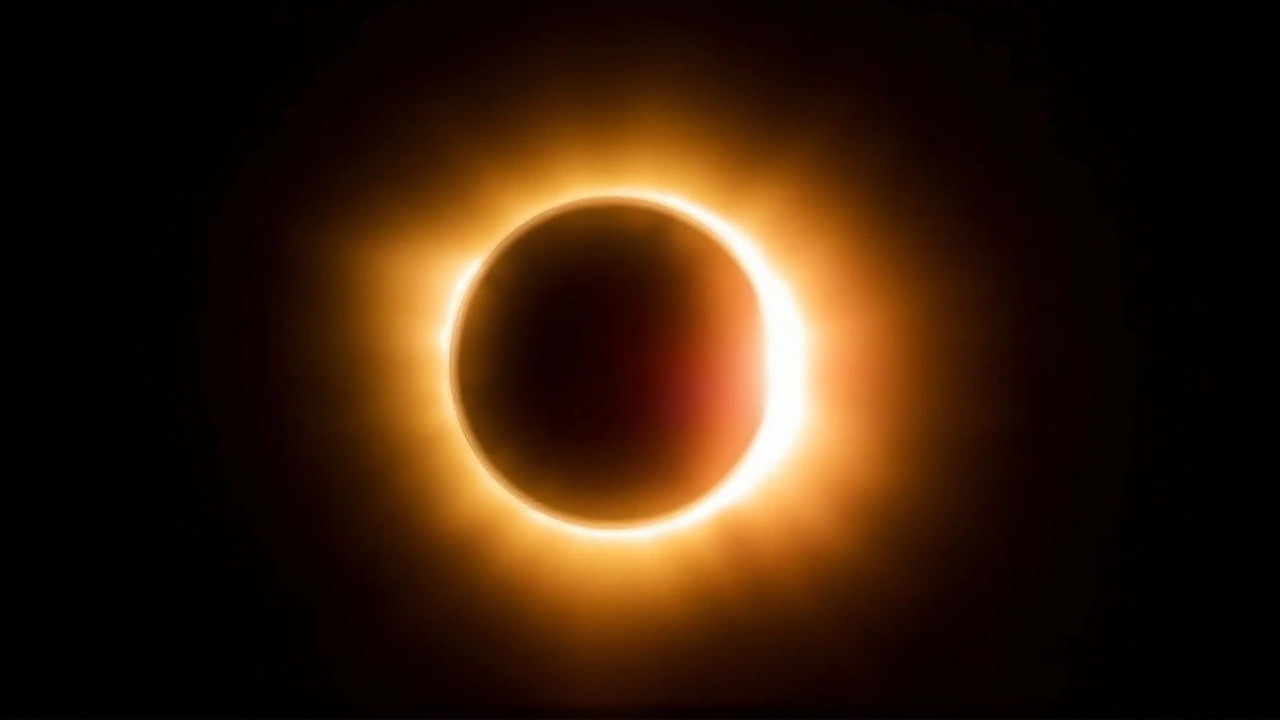Science Updates: What’s Happening Right Now?
Welcome to the Science section where we break down the biggest stories you need to know. From space events that light up the sky to new tech breakthroughs, we keep things simple and useful. Let’s start with the headline‑grabbing solar eclipse happening on March 29, 2025.
First Solar Eclipse of 2025 – What You Should Know
On March 29, a partial solar eclipse will cover about 93% of the Sun. It won’t be visible from India, but fans across North America, Europe, and the Arctic will get a spectacular show. In parts of eastern Canada and the northeastern U.S., the eclipse creates a rare “double sunrise” effect – the Sun dips, then rises again, giving a dramatic visual twist.
Safety is the top priority. Never look at the Sun with the naked eye. Use ISO‑certified eclipse glasses or solar‑filter-equipped telescopes. If you’re sharing the experience on social media, remind friends to protect their eyes – a cheap pair of glasses can prevent permanent damage.
Why the Eclipse Matters Beyond the View
Even if the eclipse isn’t visible where you live, it sparks scientific studies. Researchers use the brief dimming to test atmospheric models and calibrate satellite instruments. It’s also a chance for educators to talk about the Sun‑Earth relationship, the science of shadows, and cultural stories tied to eclipses.
Speaking of culture, many Indian traditions mention a “sutak kaal,” a period of ritual pause during eclipses. While the 2025 eclipse won’t be seen in India, the folklore reminds us how ancient societies linked celestial events to daily life. It’s a neat reminder that science and culture often walk hand‑in‑hand.
Beyond the eclipse, the Science page brings you fresh updates on other topics. Curious about the latest AI breakthrough? Interested in a new discovery on Mars? We cover those stories too, always with practical takeaways and clear explanations.
Our goal is to help you stay curious without drowning in jargon. Each article is written in plain language, so you can pick up a new fact in just a few minutes. Got a question about a recent study? Drop a comment, and we’ll dig into the details for you.
Keep checking back for real‑time updates, especially as the eclipse draws nearer. We’ll share the best viewing locations, live‑stream links, and any last‑minute safety alerts. By the time the day arrives, you’ll know exactly how to enjoy the event safely and why it matters to science.
Science is happening every day, and this page is your shortcut to the most relevant stories. Stay informed, stay safe, and enjoy the wonder of the universe – one headline at a time.

The first solar eclipse of 2025 on March 29 will cover 93% of the Sun, visible in parts of North America, Europe, and the Arctic. While it won't be seen in India, regions such as eastern Canada and northeastern U.S. will experience a unique 'double sunrise'. Observers should use ISO-certified glasses for safety. Cultural traditions in India, like 'Sutak kaal', are noted despite the eclipse's invisibility there.
